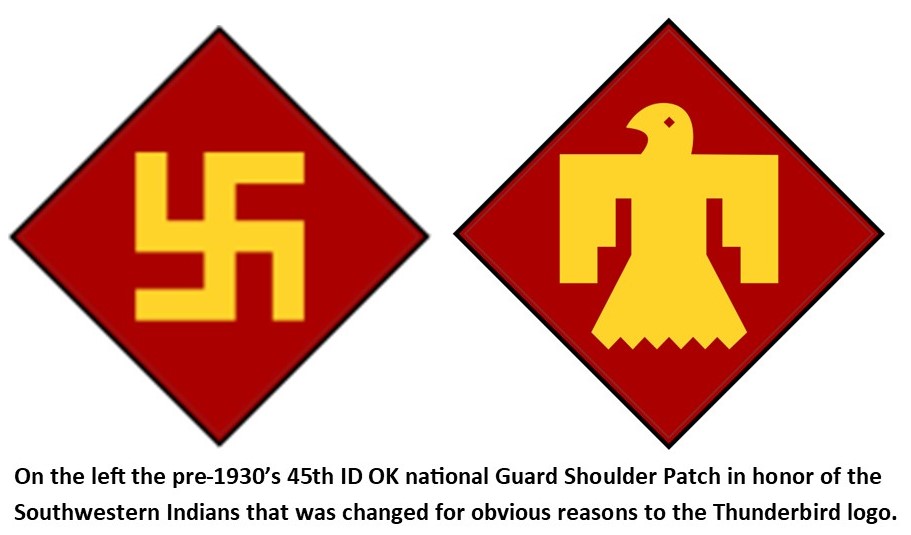Blog 02/19/2021 - Anzio Beachhead on the Brink
02/19/21 – Anzio Beachhead on the Brink: German Colonel-General von Mackensen had his doubts of his 14th Army’s ability to attack and eliminate the Anzio beachhead in February 1944. The German High Command and his commander Field Marshal Kesselring, Army Group C, were more optimistic. Hitler gave his personal approval to the plan of attack on 11 February.
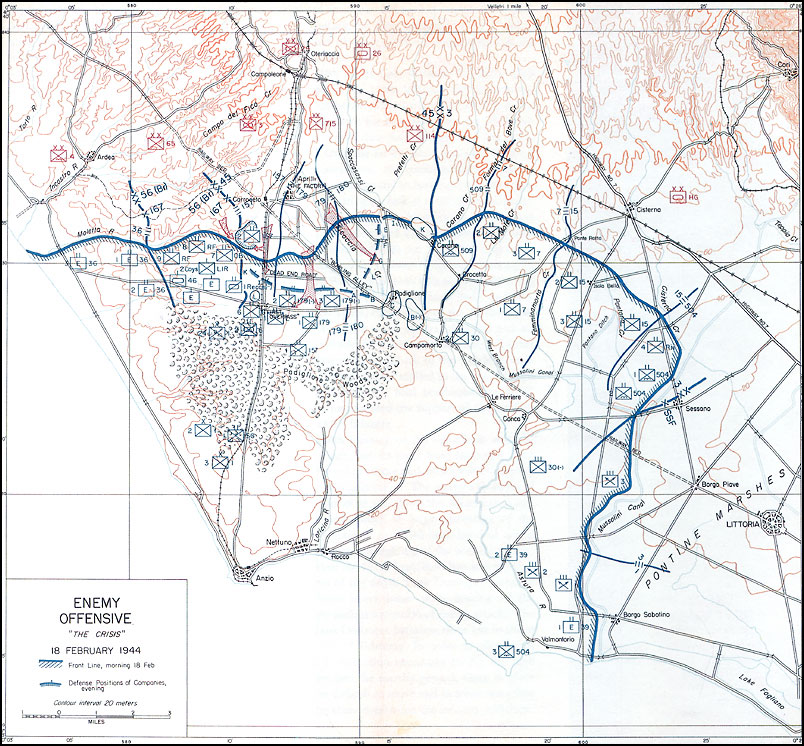
The Germans counted on their superiority in infantry numbers and in some forms of equipment like there panzers for success. They had a greater number of heavy artillery weapons than the Allied VI Corps plus an adequate supply of artillery ammunition stockpiled. The Wehrmacht had large guns available including both 170mm and 210mm guns, registered on the 45th Infantry Division (ID) units manning the Final Beachhead Defense Line. The Germans also employed the devastating 283mm Kanone 5(E) Krupp Railway Gun nicknamed Anzio Annie and Anzio Express.
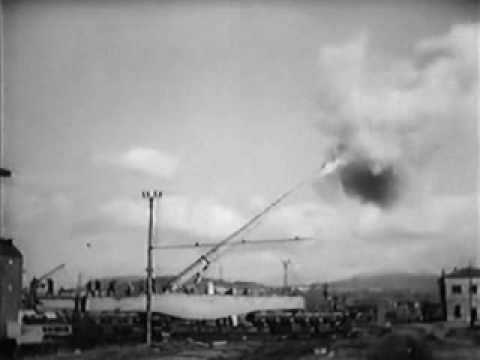
However. The 14th Army Staff did not underestimate the Allies' capacity to resist their assault. VI Corps had superior air support and its artillery support could be supplemented by naval gunfire off Anzio. Despite Allied logistic difficulties, the Germans realized that VI Corps' ammunition resupply, and therefore its artillery fire, would be superior to any which they could themselves deliver in support of their massed infantry formations.
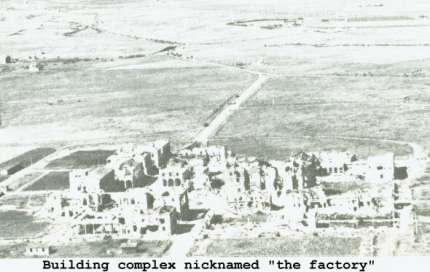
Von Mackensen jumped off on the 16th from “The Factory” with gains continuing on the 17th against the 45th ID. His final preparations went forward on the 18th for what was to be his supreme effort to affect a breakthrough and collapse the beachhead. During the day he employed all of the 721st, 741st and 735th Infantry Regiments, supported by his mechanized units the 309th and 29th Panzer Grenadier Regiments.
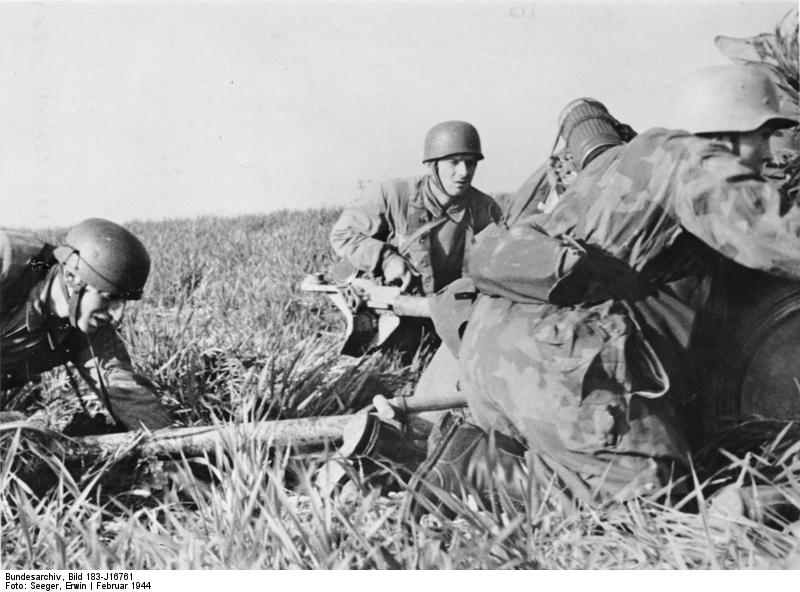
Armor continued to be used in small groups but on a more extensive scale than on any previous day. Each infantry battalion had tank support. Late in the day in an attempt to break the Allied defense lines Mackensen sent in his reserve the 26th Panzer and 29th Panzer Grenadier Divisions tanks were employed with as many as twelve in a group.
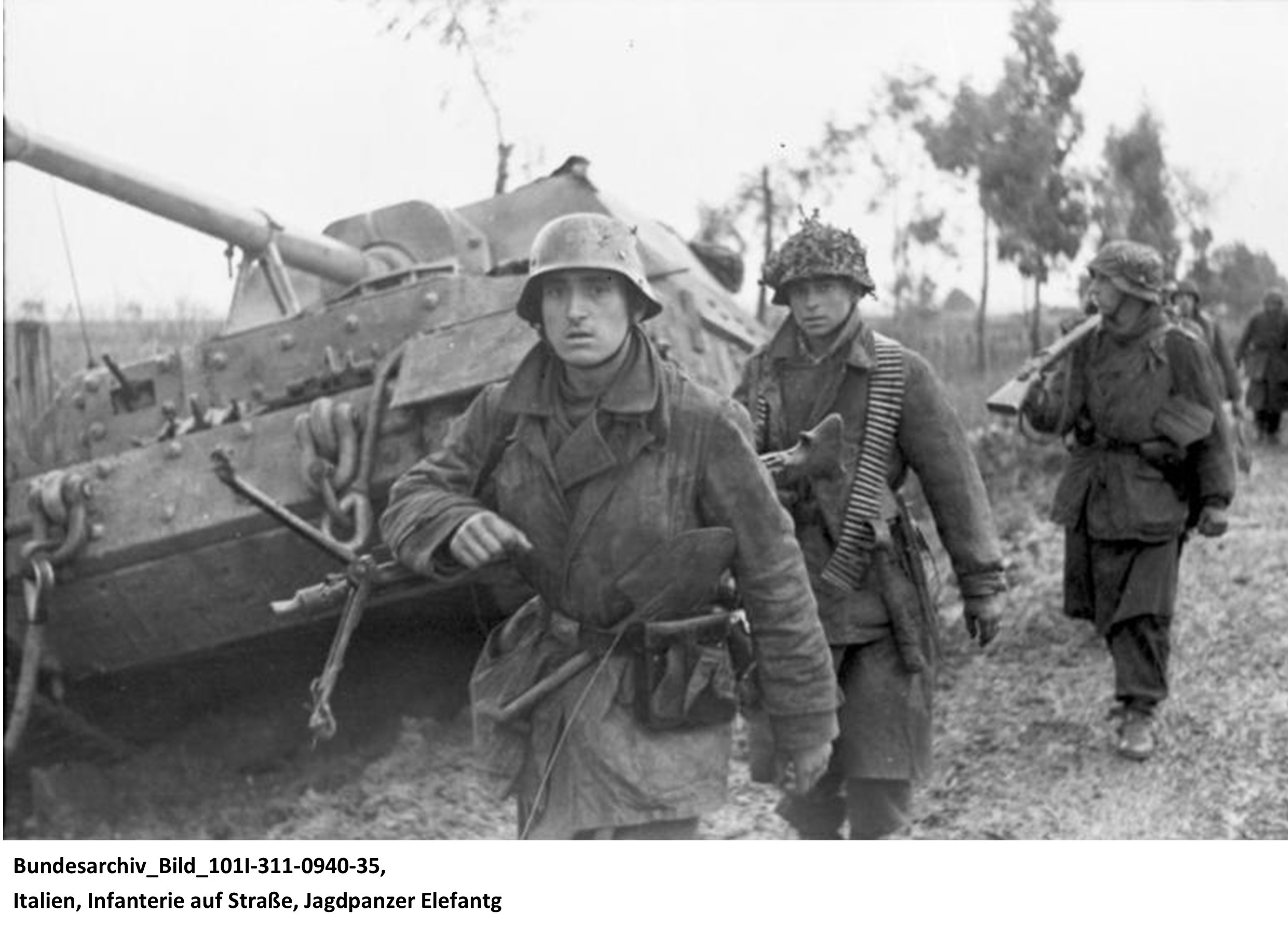
The Germans launched a more intense assault against the 45th ID at dawn and destroyed the 3rd battalion of the 179th Infantry before pushing the remainder of the Regiment back a half mile farther to the final defensive line by midmorning. Fearing that the 179th Infantry was in danger of total collapse, MajGen Lucas, VI Corps Commander ordered Col William O. Darby, founder of the WWII era Rangers in Northern Ireland and their leader in North Africa, Sicily and Italy, to take command of the unit and allow no further retreat.
At 1400, when Col Darby took command of the 179th Infantry the situation was desperate. The shattered 3rd Battalion (Bn) had been withdrawn for reorganization and was no longer combat effective, the 2nd Bn was at less than half strength and nearly exhausted from the German onslaught. Only the 1st Bn was capable of organized resistance. All communication lines between Darby and his battalions were out, further complicating the task of mounting a coordinated defensive front.
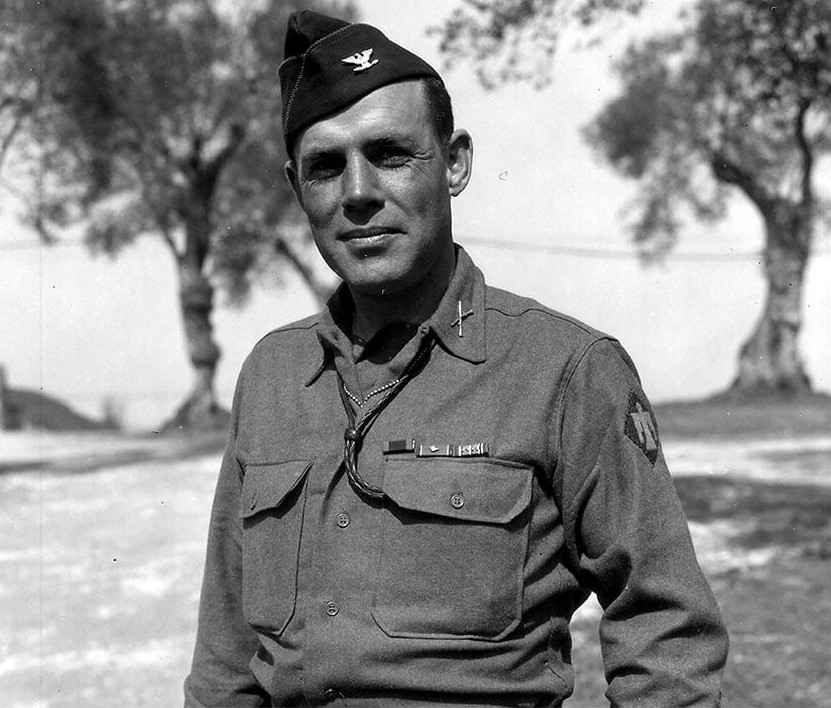
Calling together his battalion commanders, Darby ordered Col Johnson to hold the left sector with his 1st Bn, reinforced with the surviving Company I; Col Wiegand, commander of the 2nd Bn, was to take over the right sector "with whatever troops he could find," and Maj Tyron, commander of the 3rd Bn, was to "endeavor to get all stragglers and pick all men physically fit in the rear echelon" to form a reserve. Darby favored falling back to the Padiglione Woods to reorganize but the 45th ID Commander MajGen Eagles replied to the request with an order to hold the final beachhead line anchored on the “1st Overpass” at all costs and he promised him the support of the 1st Bn, 157th Infantry.
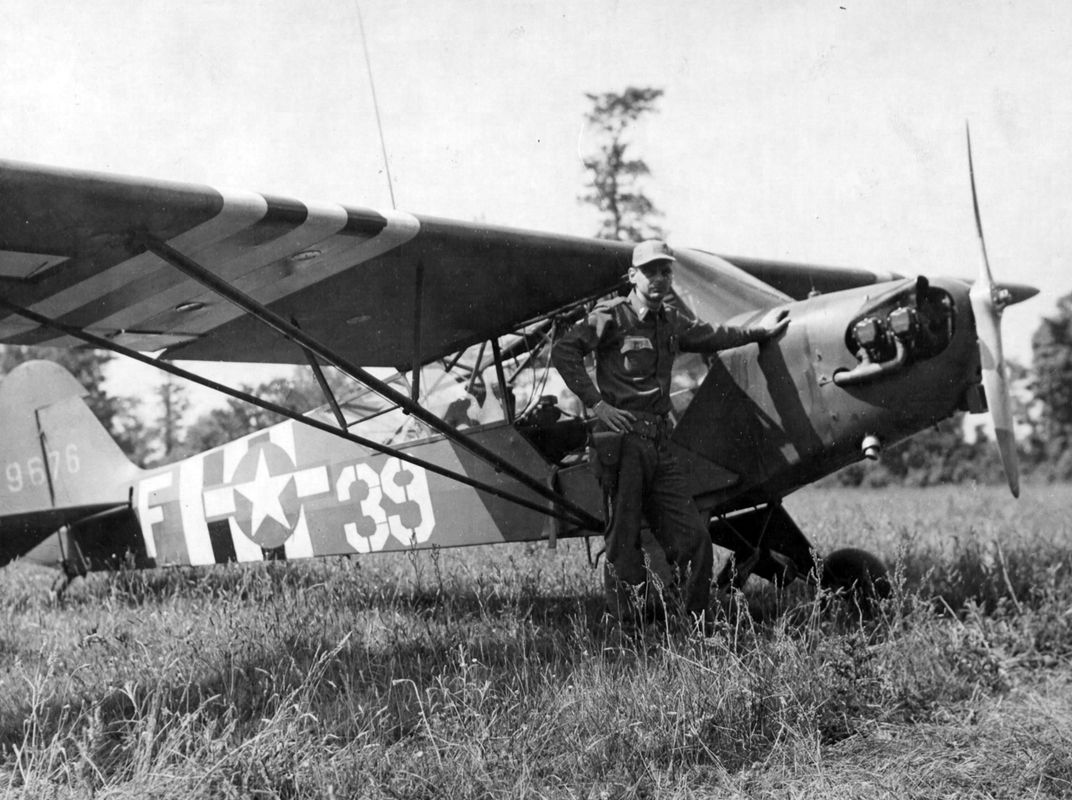
Darby held with support of air observers like Capt McKay, a L-4 Grasshopper pilot observing for the 45th Division Artillery, who spotted a force of tanks and about 2,500 Germans moving south from Carroceto along the Albano road. He radioed their position and within 12 minutes the Corps Fire Control Center had massed the fires of 224 British and American artillery pieces on the target. The ground over which the Germans were marching seemed to blow up and when the smoke cleared the enemy force had disintegrated.
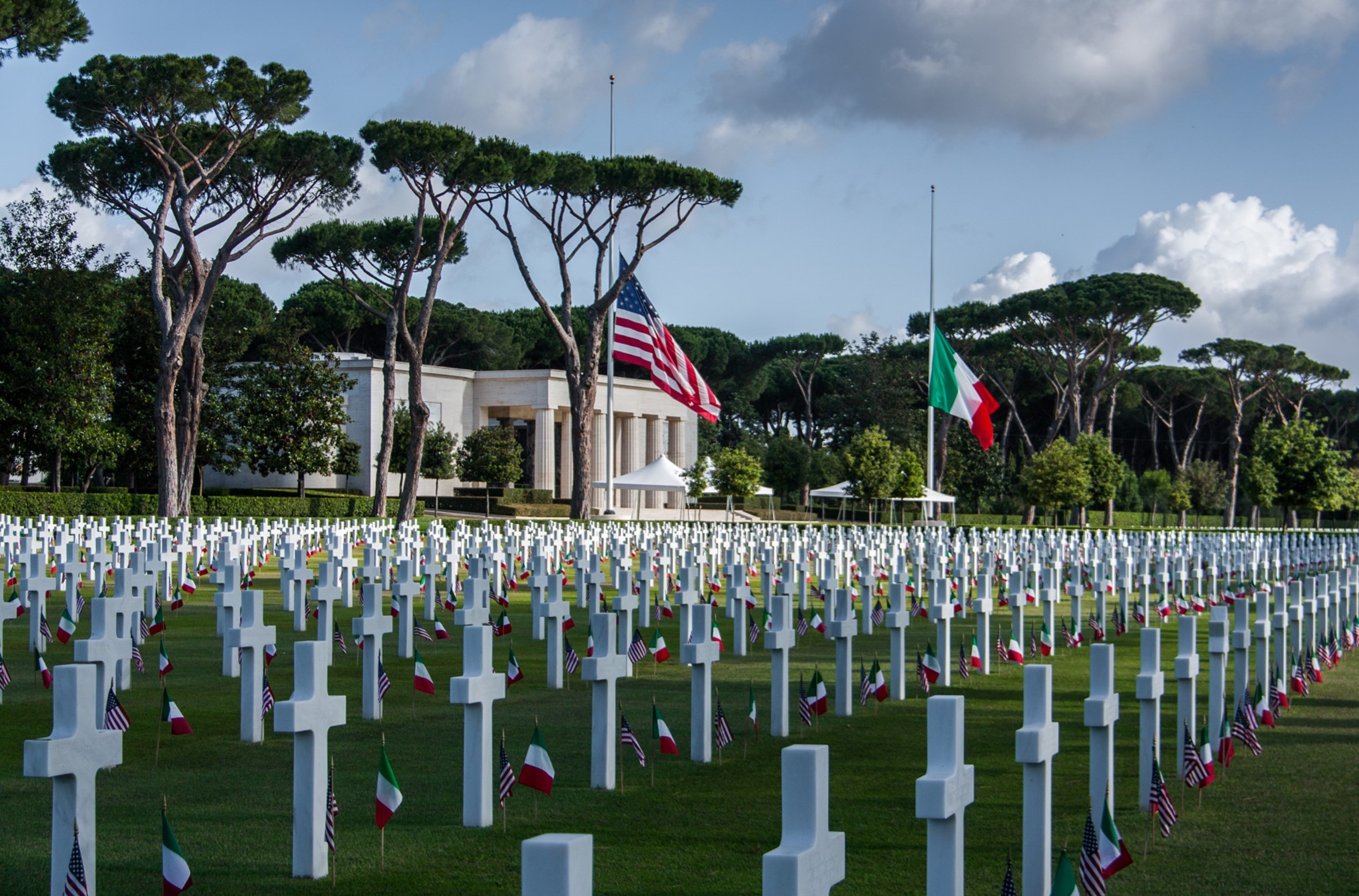
The 179th later counted 500 dead Germans in front of its positions. Elsewhere, the 180th and 157th Regiments also held the line in spite of heavy losses during the three days of German attacks. By midday, Allied air power and artillery superiority was turning the tide. When the von Mackensen launched a final afternoon assault against the 180th and 179th Regiments, it was halted by air strikes and massed mortar, artillery, and tank fire. Subsequent enemy attacks on 19 and 20 February were noticeably weaker and von Mackensen reported to Field Marshall Kesselring that his assaults were broken up by the same combination of Allied arms and he no longer had the forces to breakthrough. Kesselring and von Mackensen realized that the Allied beachhead could not be wiped out. The crisis for the Allies had passed, and while harassing attacks continued until 22 February, VI Corps went over to the offensive locally and succeeded in retaking some of its lost ground.
https://www.miltours.com/index.php?route=product/product&path=17&product_id=105
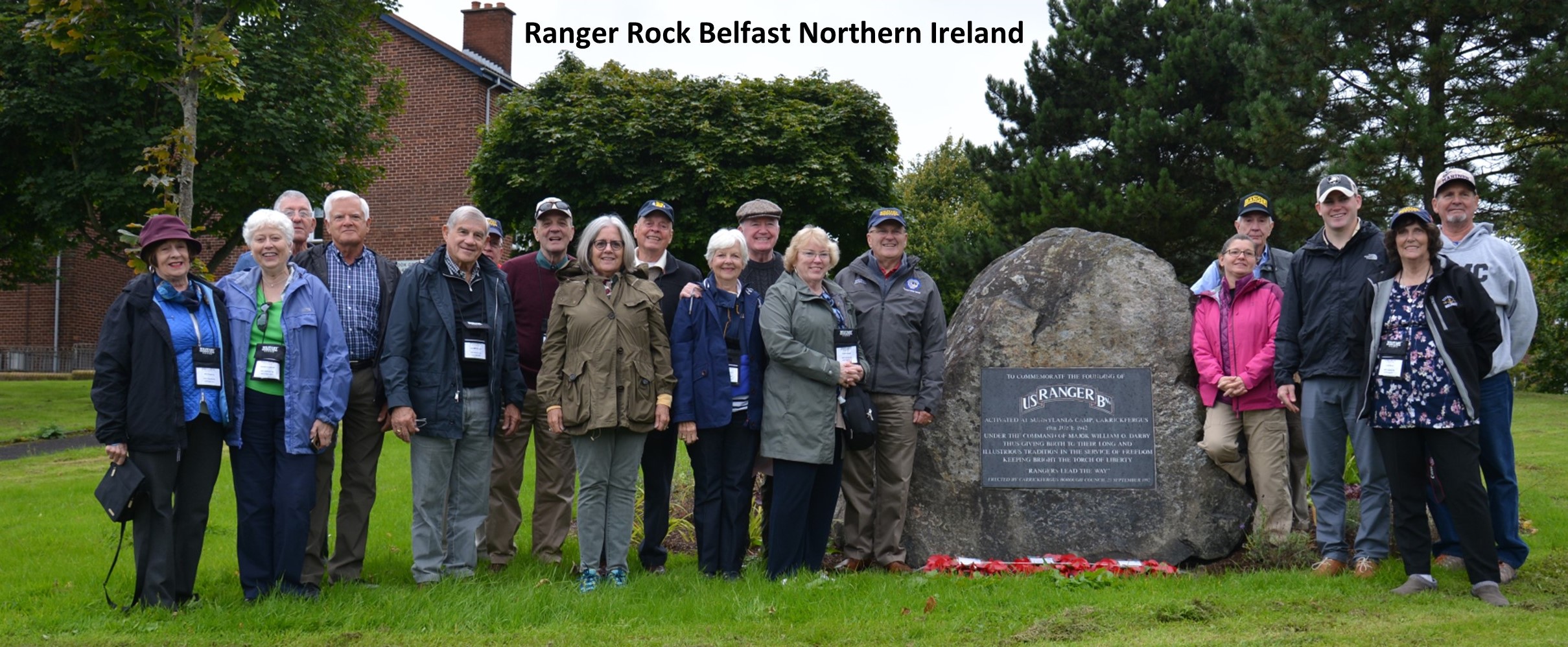
https://www.miltours.com/index.php?route=product/product&path=17&product_id=137

